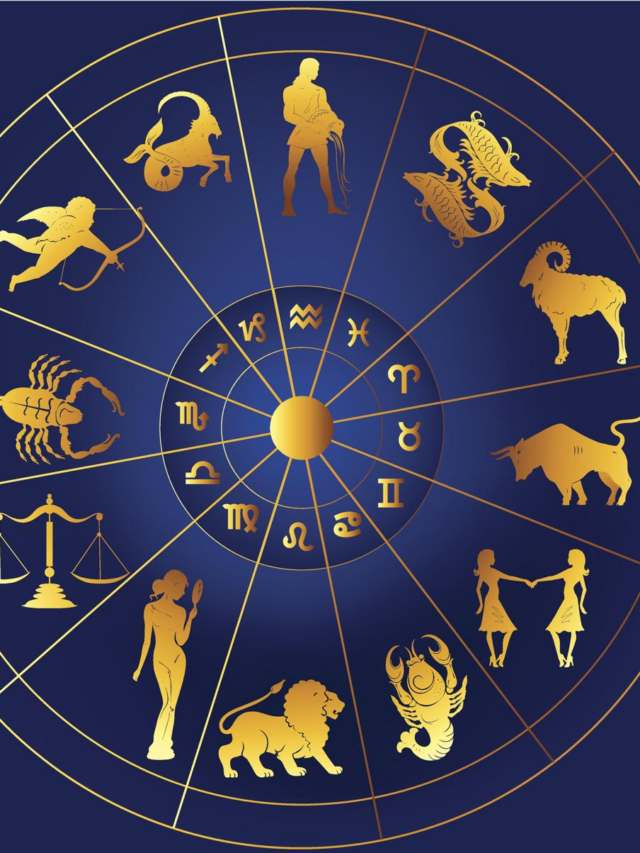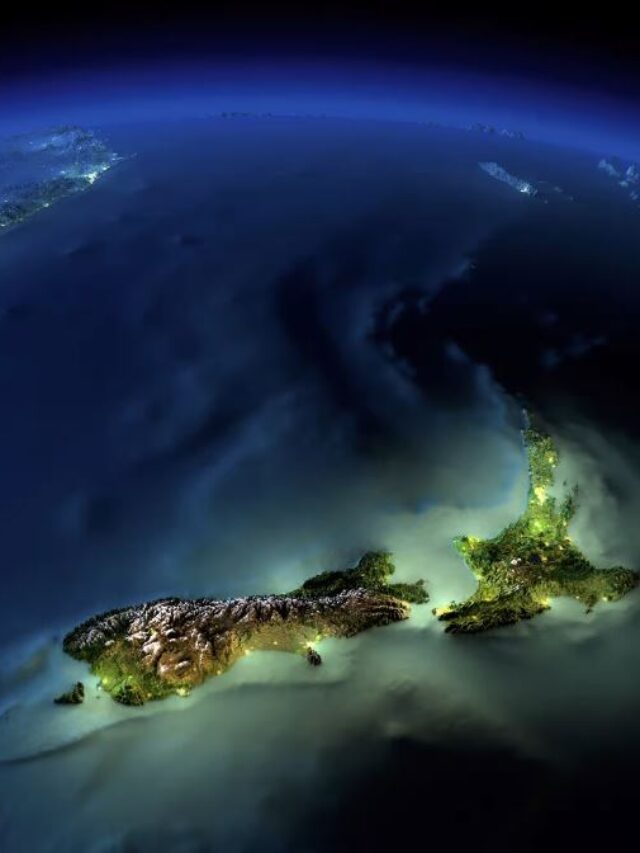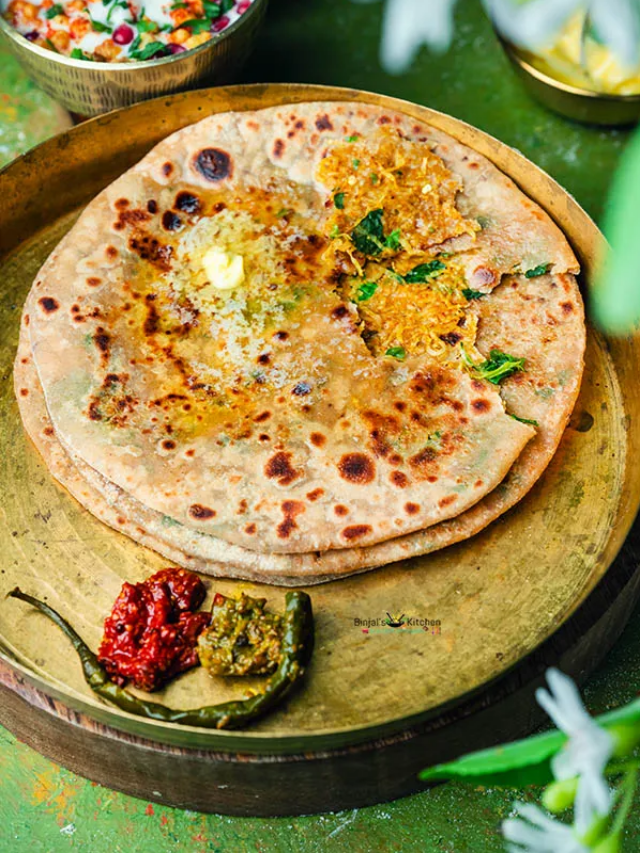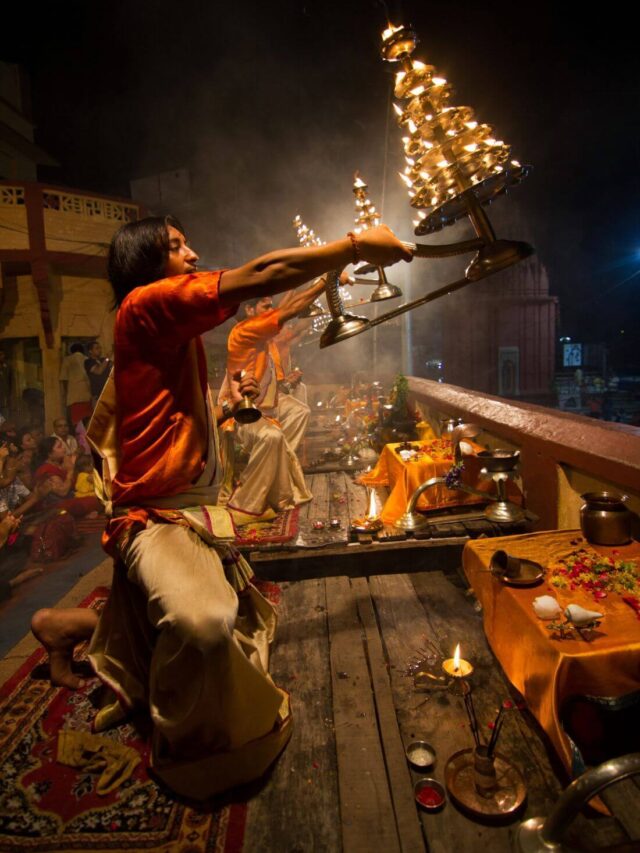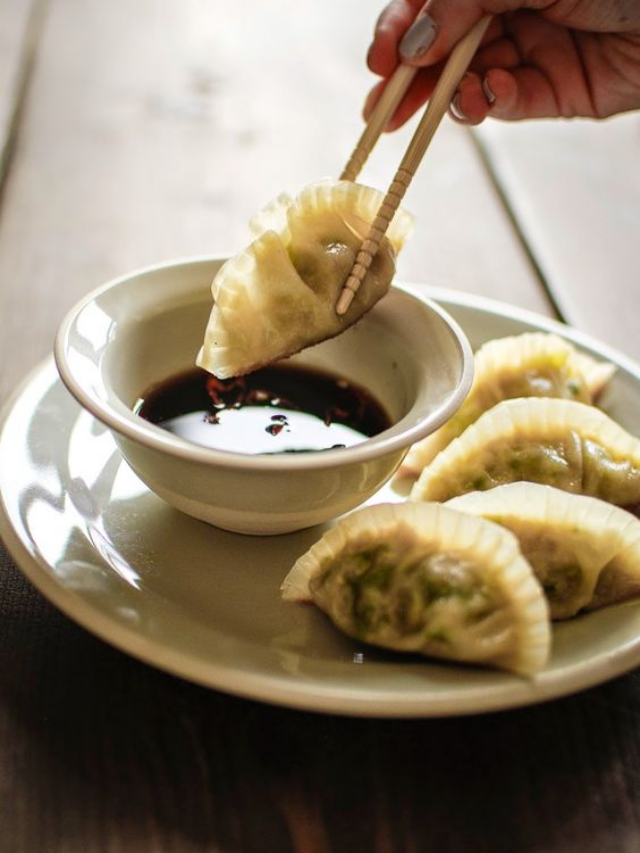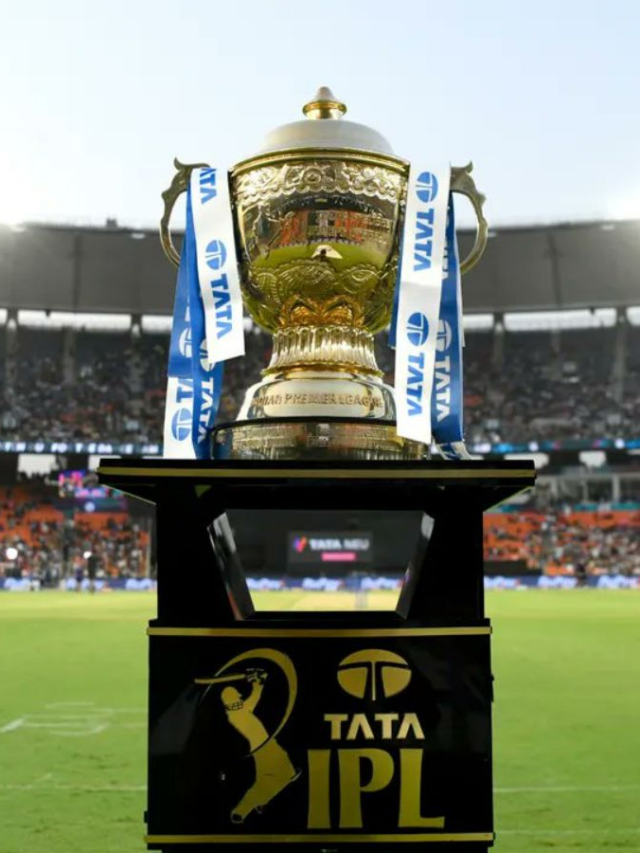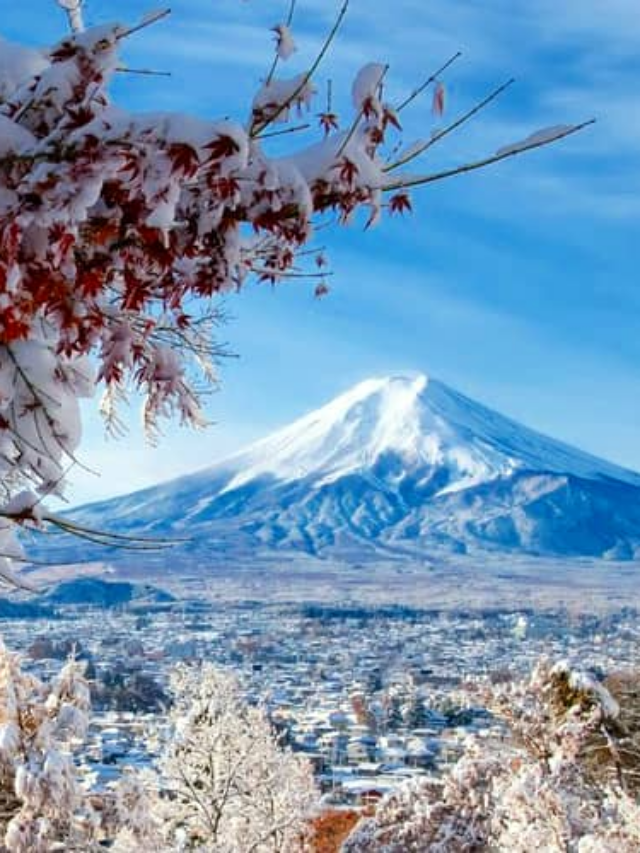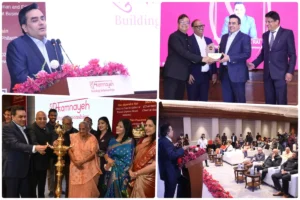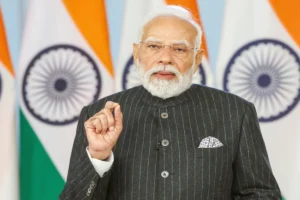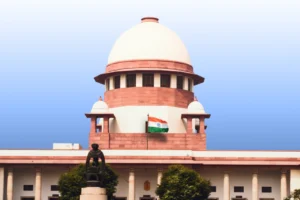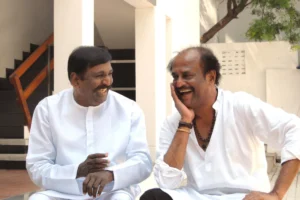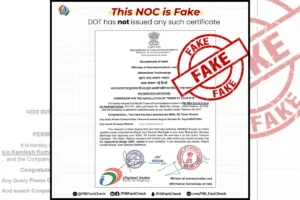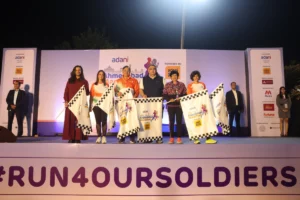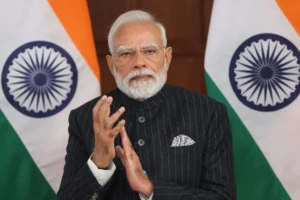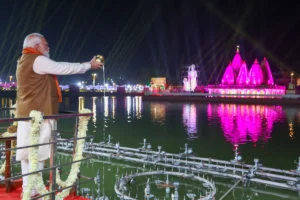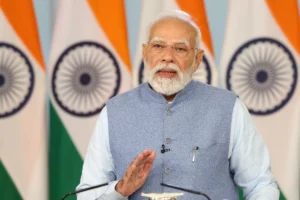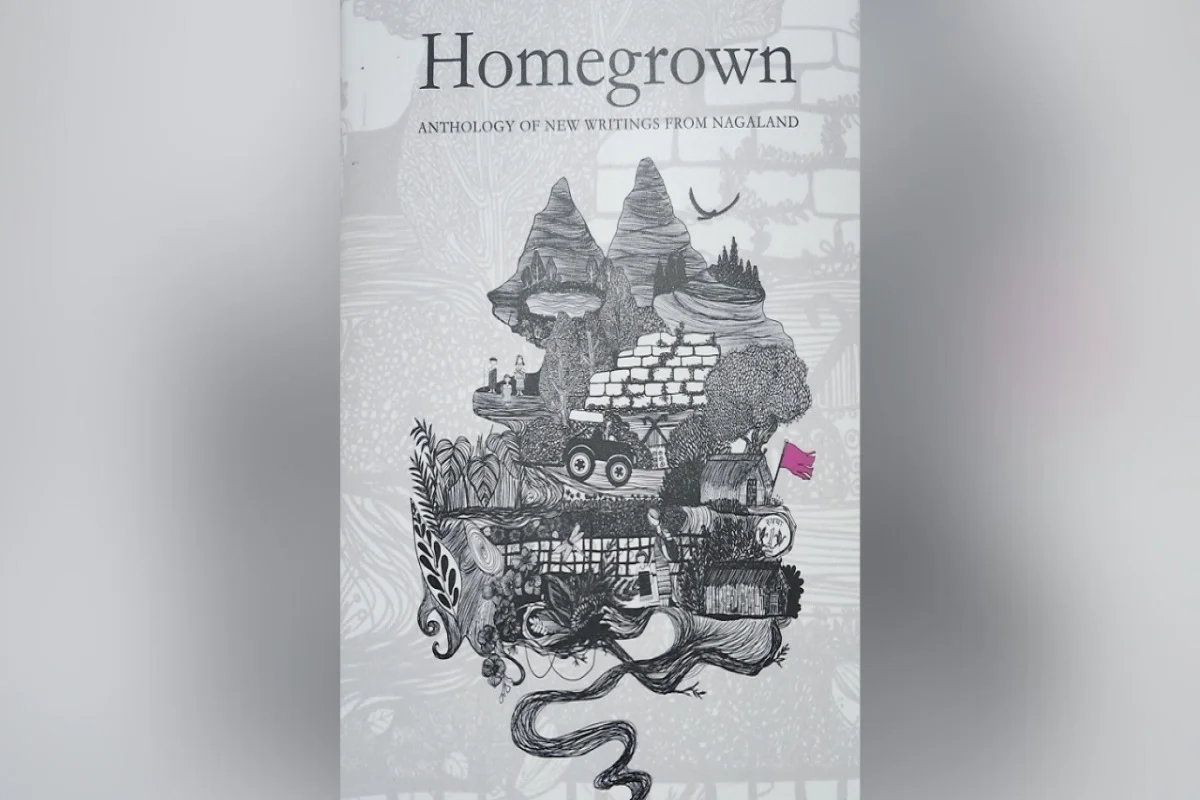
Cover page of the book
There can be no better way of understanding people than through stories that define their genesis and document their existence. Stories whether true or fictional are born out of experiences and the very spirit that makes us who we are.
My work has often taken me to the majestic and strikingly beautiful state of Nagaland. Every time I behold the blue hills of the state from the comfort of my hotel room in summer or winter, I have always found them to be undeniably warm and welcoming to me. They invariably kept me at bay when it came to revealing themselves.
I asked the cloud-capped peaks of these hills to tell me their stories and wondered what secrets they held deep inside their stony hearts. They whispered, “If you want to know our stories and secrets, all you need to do is ask the men and women who I hold in my bosom and nourish with the ambrosia that God chose to run through me.”
Homegrown: Anthology Of New Writings From Nagaland edited by Sentinaro and Vizovono Elizabeth came to me as a physical manifestation of this very abstract thought that has been lingering in my mind ever since I found myself engaging in a unique and intimate dialogue with the hills and enchanting natural artifacts of Nagaland.
The book is in many ways a deep dive into what Naga life was all about and what it is today. It is full of humour, love, humanity, compassion, confusion, misery, tragedy and a myriad of other emotions that make us humans.
Every story and poem in the book shows us a different facet of Naga life and identity and with each subsequent read we feel a deeper connection with the people, their culture, beliefs, thought process and pride. It becomes easy to decipher where their inherent strength, cultural richness, flamboyance and strong will come from. Some of these aspects of the book can be best understood by examining a few of the texts that make up the book.
The innocence of childhood and the memory of a simpler and more exciting life that we all had is one universally uplifting feeling. It is something that gets the better of most of us and appeals to the inner child in all of us. Agnes Tepa’s The Strange Exchange relates the hilarious story of a child losing his front tooth and all the drama that comes with it. From his friends advising him on how to graciously lose the tooth to him becoming utterly nervous about whether the new tooth will come out perfect; This story has intelligent and disarming humor. This tale reminded me of Swami and his friends from R K Narayan’s Malgudi Days and underlined the fact that no matter how far we are from each other and how diverse we might be in our culture and way of life, our hearts still beat as one.
“Sacred Langtem” – attire, identity and skin: –
T. Senko AO’s Sacred Langtem (translated into English by Lanusenla Jamir) introduced me to the rich history and unlimited intricacies and rules associated with the traditional Naga Attire, Langtem. I realized for the first time that the Langtem was more of a skin than a mere piece of clothing for the Naga. The depths that the author goes into bringing out the importance and reverence attached to this piece of clothing in Naga culture and belief system was astonishing and heartwarming. He achieves all this through the story of a man serving in the British army in the first World War. How he is stripped of his skin and made to wear what the British believe is the best combat fatigue and how it wounds the man both physically and psychologically was an intricate dissection of the importance of one’s culture in one’s life and the paramount importance of having the freedom to follow it. While I have no idea how the original story was written by T. Senko AO, Lanusenla Jamir’s translation felt brimming with wonder, and reverence and constantly eager to convey the nuances and intricacies of a complex set of emotions but through a simplistic and witty tale as related by a traditional and old man to someone who was trying to understand her own roots through a story and the sudden use of an uncharacteristic word by the old man.
“Making Sense of Who I Am” – a deep dive into the Naga society, its conflicts, tribulations and identity crisis: –
Vizovono Elizabeth’s 2-part essay on her experiences growing up in Kohima is one of the most thought-provoking and informed takes on the changing Naga society and way of life over decades. Her writing not only emphasizes the numerous traumas and tribulations that the society had to endure but also puts forth a relatable and rock-solid reason for the loss of the indigenous cultural identity of the Naga people. She wonderfully elucidates the reasons for the absence of true Naga stories for a large part of the Naga history and attributes it to the subjugated brought up and way of life that the Naga society has been subjected to since the dawn of modernization and political unrest. The vivid descriptions of the military conflicts and intra-fractional conflicts coupled with the inundation of the Naga identity due to the influx of the Western culture and influences like western music, fashion and substance abuse is not only put forth most eloquently but also impactfully. Her piece makes the reader privy to information that can only come from living the life up, close and personal for decades. Her piece will be as much of an eye-opener as it will be a clarification of all the wrong notions about the Naga identity that many well-educated Indians hold to this day in their hearts.
“Longkhum” – a hauntingly tragic and yet spiritually uplifting love story that documents love in its most dreamy form: –
They say “Longkhum” is where spirits of the dead go before their final journey to paradise, writes Avinuo Kire in her short story about love and loss that has the hills, atmosphere, weather and fairytale-like topography of Nagaland interwoven in the narrative as a character. The moments that she describes having shared with the man she loved and the vivid descriptions of it with the backdrop of the picturesque places that they explored together made me draw vivid visual representations in my mind and instantaneously elevated the tale from a few words on a page to living-breathing unfolding romance to which I was privy from a safe distance but was at the best vantage point to experience the many emotions and the unbridled power that love tends to resonate. As I was edging towards the end of the story, I was almost afraid that it would end tragically and if it had, it would have left me devastated. Not surprisingly, it doesn’t and the ending is moist as much with the tears of the lover who has lost as it is with her hopes that stem from a fantastical thought and belief that can only be nurtured living in a fairytale-like land complete with mesmerizing valleys, hills, flower and forests. This loves story could not have taken place anywhere else and if it did, it would be very different.
“Children’s Folk Songs: A Repository of Cultural Heritage”: –
Sentinaro’s piece about Children’s folk Songs and how it was used to hand down the cultural richness and knowledge of the Naga to their younger generation introduced me to not only the oral nature of handing down stories from one generation to another but also informed me of the existence of two legendary lovers, Etiben and Jina. We often refer to Romeo and Juliet, Shirin and Farhad, Laila and Majnu when it comes to symbolizing immortal but doomed love stories. After learning about Etiben and Jina’s story I will not forget to bring them up from time to time whenever the opportunity will present itself. It will definitely be met with questions and then that will allow me to initiate the uninitiated in the beauty, vastness and richness of the Naga culture that I have picked up from so many of the prose and poetry in this book.
“Confused Naga” – A scathing critique on the inherent confusion in the Naga society about Justice, freedom and the Naga Nation: –
One of the recurring themes across the anthology was the idea of freedom and identity and how it meant different things for different people. While the conflict is a complex and layered issue that requires detailed reading and discussion to get a clear idea, Longang Luklem’s poem presents an intelligible and stirring presentation of the core of the problem. His words strike like a dagger in the heart when they highlight the mindset of a person who is as much an Indian as we are but whose realization of a torrid past drenched in blood and tears has left him confused.
“Yesterday we mourned the death of our brother in the Indian Army
Today we are grieving the death of our innocent brothers at the hands of the Indian Army.
Why do we have to identify ourselves with blurred identity?” – writes Luklem in his poem.
Unfortunately, there is no answer to his heartbreaking questions and one doesn’t seem to be there on the horizon either. This is something that immensely enhances the appeal and power of his poem for me.
“A Solidarity Poem” – a poem dedicated to the 14 Konyaks who were killed by the defense forces in December 2021: –
The killing of 14 Konyaks in Oting in 2021 by the Indian Army was not only a dastardly act but it also drove a wider wedge between the Naga society and the mainland Indian society. The pain and suffering of the men lost and the ones they left behind will resonate through the ages and keep affecting minds and hearts and filling them with hatred and rage. It will also contribute to the ever-present confusion in the Naga society about its placement in the greater scheme of things in the country. This poem is not only a heartfelt dedication to the ones lost but is in many ways a wake-up call for the ones left behind to stand up, take notice and do what it takes to get justice. This poem was read by Longang Luklem at the memorial service of the 14 slain Konyaks.
Final words: –
I could practically pick each and every one of the texts in this anthology and take a plunge into it but that would make this review almost as long as the book in itself. My idea of picking these specific writings and expressing my thoughts on them was to underline the diverse nature of the anthology and how it is all tied together by a common thread of the Naga culture, society and way of life. The understanding of the Northeastern states in the rest of the country is questionable at best. I feel that Homegrown: Anthology of New Writings from Nagaland should be made an essential reading for all who are genuinely interested to understand how the people in this part of the country actually live their lives. The anthology should also be put in the hands of every Naga as it will not only inspire him/her to look for his illusive past and forgotten culture but will definitely fill him up with pride and reverence for all that he is and all that his forefathers were.
(This story has not been edited by Bharat Express staff and is published from a syndicated feed.)
To read more such news, download Bharat Express news apps








